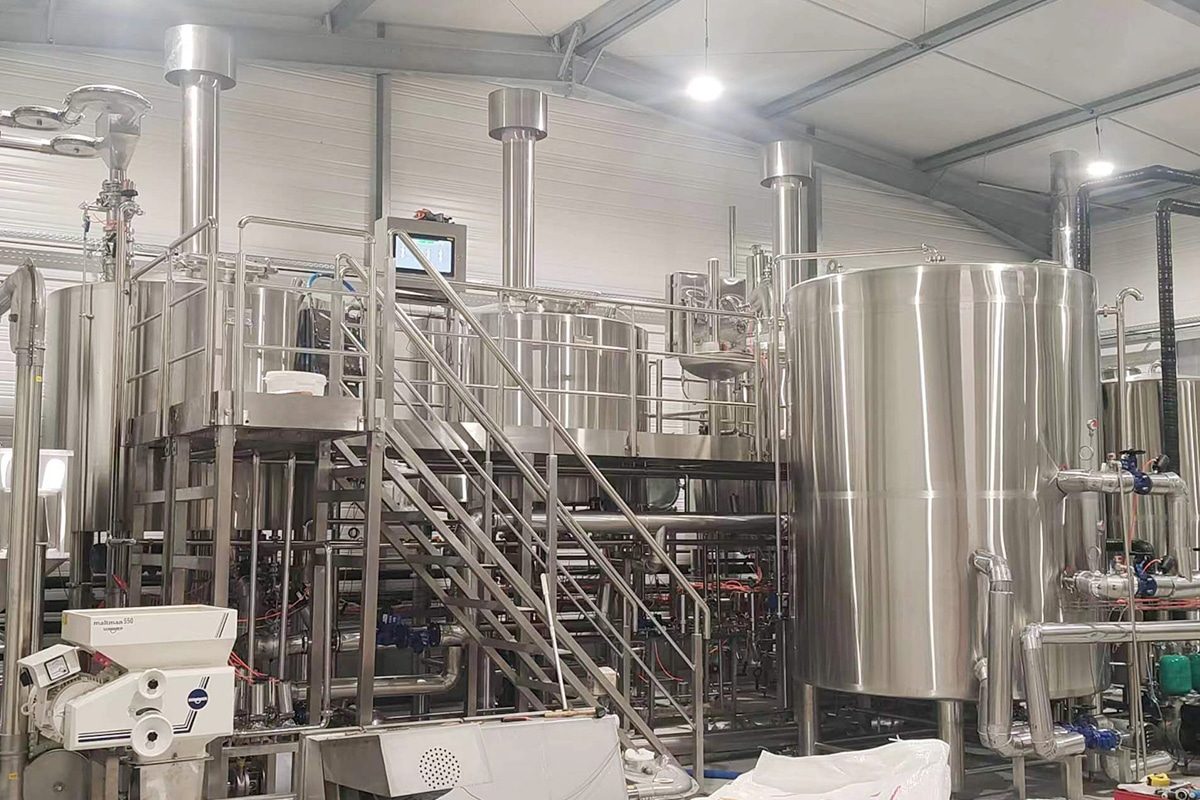
Passivated Stainless Steel Brewing Equipment Guide
In the complex world of brewing, the pursuit of perfection transcends ingredient selection and brewing techniques. Stainless steel is prized for its toughness and corrosion resistance, making it the material of choice for brewing equipment. However, even stainless steel requires careful care to maintain its integrity and ensure optimal performance. This brings us to the art and science of passivation, a critical step in maintaining stainless steel brewing equipment. As we embark on this journey, we delve into the basic understanding of passivation, exploring why passivation is integral to protecting the integrity of your brewing vessel. Join us as we uncover the secrets of how to passivate stainless steel brewing equipment to ensure not only its durability but the consistent quality of the beer it produces.
Complete Guide
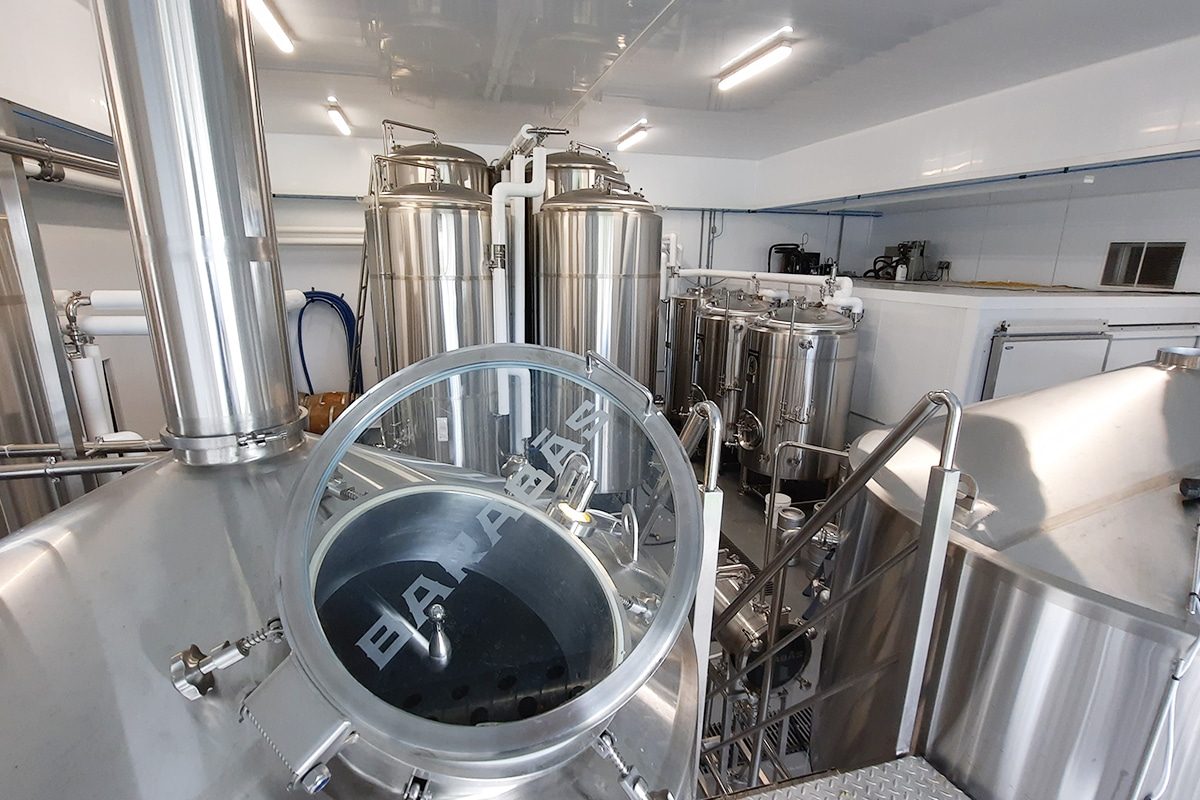
Learn About Stainless Steel And Corrosion
Known for its durability and hygienic properties, stainless steel is the backbone of modern brewing equipment. Composed primarily of iron, chromium, and nickel, this alloy forms a passive oxide layer on its surface, providing inherent protection against corrosion. But despite these corrosion-resistant properties, stainless steel brewing equipment can still face challenges over time.
Prolonged exposure to brewing elements, temperature fluctuations, and the presence of corrosive substances can damage the protective oxide layer, leading to potential corrosion issues. Understanding the interplay between stainless steel’s composition, its protective mechanisms, and factors that challenge its resiliency can provide important insights into why passivation is an important practice to maintain the longevity and performance of brewing equipment.
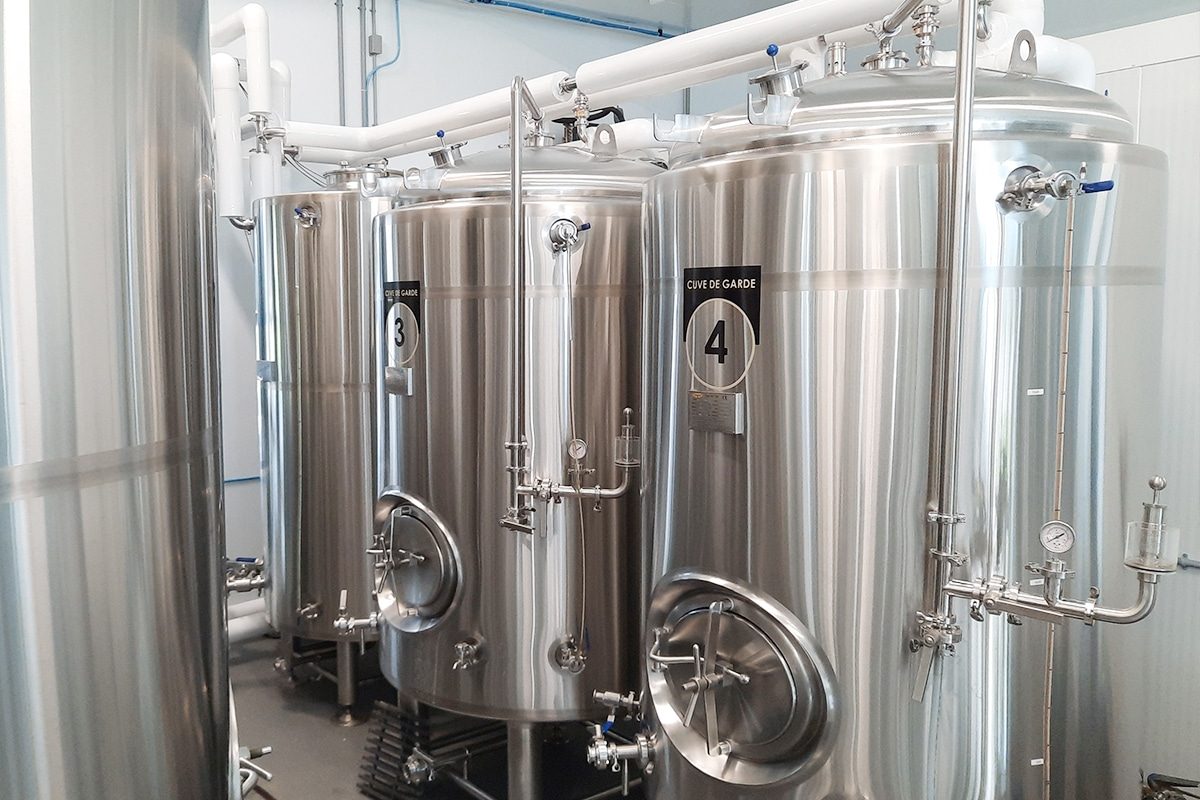
What Is Passivation?
Passivation is a critical process in the care and maintenance of stainless steel brewing equipment and is essential to maintaining its longevity and performance. Essentially, passivation is a chemical treatment that enhances the corrosion resistance of stainless steel. Although stainless steel is naturally resistant to corrosion, factors such as long-term use, exposure to certain chemicals, and temperature changes can damage its protective oxide layer.
During the passivation process, contaminants, impurities, and free iron are methodically removed from the stainless steel surface. This meticulous cleaning sets the stage for the formation of a strong chromium oxide layer, which acts as an anti-corrosion agent. By activating this protective barrier, passivation ensures brewing equipment remains resilient under harsh brewing conditions, thereby improving the overall quality and durability of stainless steel equipment.
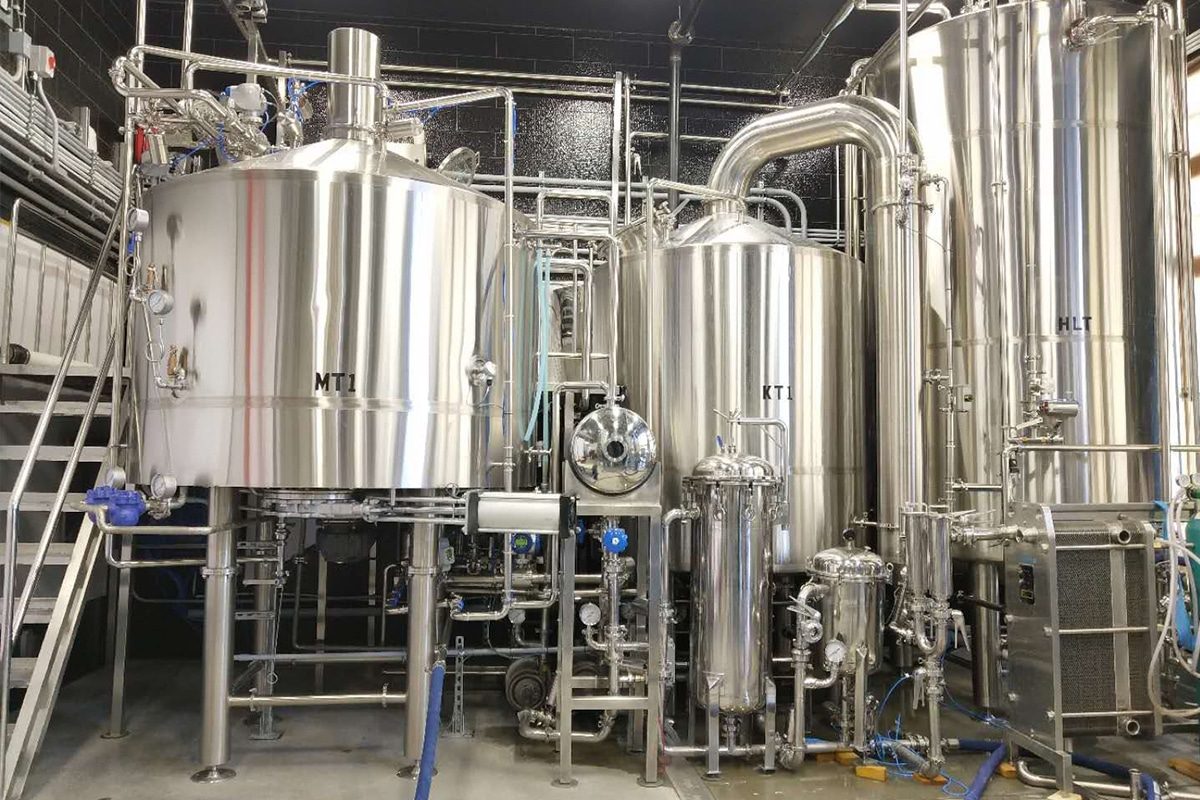
Passivation Materials And Equipment
Ensuring a successful passivation process for stainless steel brewing equipment requires the right materials and tools. Here are the details you need:
Citric Acid
Citric acid is the passivating agent of choice due to its efficacy, safety, and environmental friendliness. It is a gentle yet powerful solution that enhances the corrosion resistance of stainless steel. When choosing citric acid, follow the manufacturer’s guidelines for appropriate concentration, which typically ranges from 4% to 10%, depending on the specific needs of your brewing equipment.
Stainless Steel Brushes And Pads
Effective cleaning is the basis for a successful passivation process. Stainless steel brushes and pads are essential tools for cleaning the basics of removing surface impurities and ensuring the passivating agent is working effectively. Choose brushes and pads that match the contours of your equipment for a thorough, even clean.
Protective Equipment
Safety is of the utmost importance during passivation. Wear chemical-resistant gloves and goggles to protect yourself from any potential contact with the passivating agent. This precaution ensures a safe environment for handling chemicals.
Neutralizer
After the passivation step, any acidic residues remaining on the device need to be neutralized. Baking soda or other slightly alkaline substances can be used for this purpose. Neutralizers help balance the pH and ensure that no adverse effects are left on the stainless steel surface at the end of the passivation process.
It is critical to collect these materials and equipment before starting the passivation process. They form the arsenal needed to maintain the structural integrity of your brewing equipment and help produce high-quality beer.
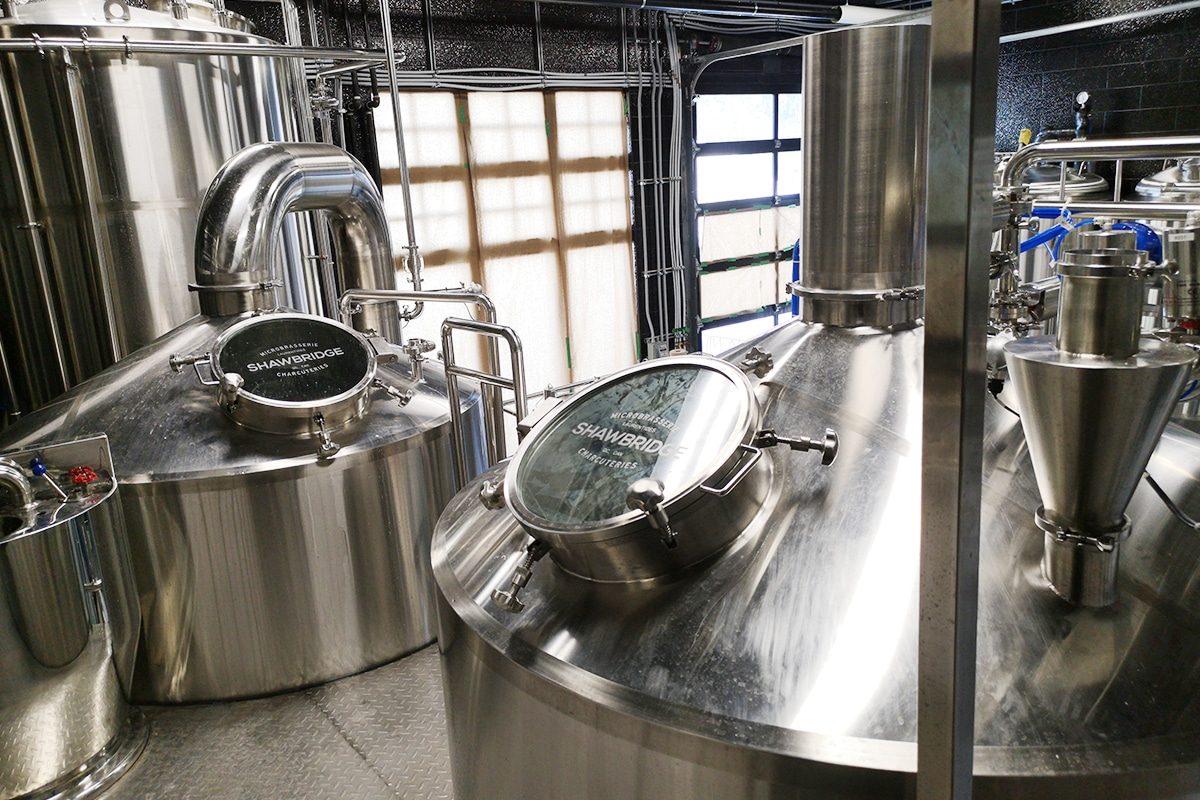
Step-by-Step Guide to Passivating Stainless Steel Brewing Equipment
Equipment Cleaning
Begin the passivation process by thoroughly cleaning your brewing equipment. Use a stainless steel brush and pad to remove any built-up dirt, scale, or foreign particles. This initial cleaning step helps achieve optimal passivation results.
Prepare The Citric Acid Solution
Follow the manufacturer’s guidelines to prepare a citric acid solution of recommended concentrations. Typically, a 4-10% citric acid solution is suitable for passivating stainless steel brewing equipment. Make sure the solution is food-grade and safe for the specific equipment.
Use A Citric Acid Solution
Apply the prepared citric acid solution generously to the entire surface of the brewing equipment, ensuring full coverage. Follow the manufacturer’s recommendations and allow the solution to remain in contact with the stainless steel for the specified time, usually 20 to 60 minutes.
Brush, Stir
Use a stainless steel brush to gently agitate the surface during passivation. This step helps remove any remaining impurities and ensures even distribution of the citric acid solution. Pay special attention to seams, welds, and hard-to-reach areas.
Rinse Thoroughly
After the recommended passivation time, rinse the brewing equipment thoroughly with clean water. Remove all traces of the citric acid solution to prevent potential interference with the brewing process.
Neutralize Acid
Prepare a neutralizing solution using baking soda or another mildly alkaline substance. Apply this solution to the stainless steel surface to neutralize the acidic residue left over from the passivation process.
Drying And Inspection
Allow the brewing equipment to dry completely. Once dry, inspect the surface for any signs of discoloration or residual contamination. Properly passivated stainless steel should have a clean, bright appearance.
Following these steps systematically will ensure your brewing equipment is completely passivated, increasing its corrosion resistance and helping to maintain brewing quality. Incorporate this process into your regular equipment maintenance routine for best results.
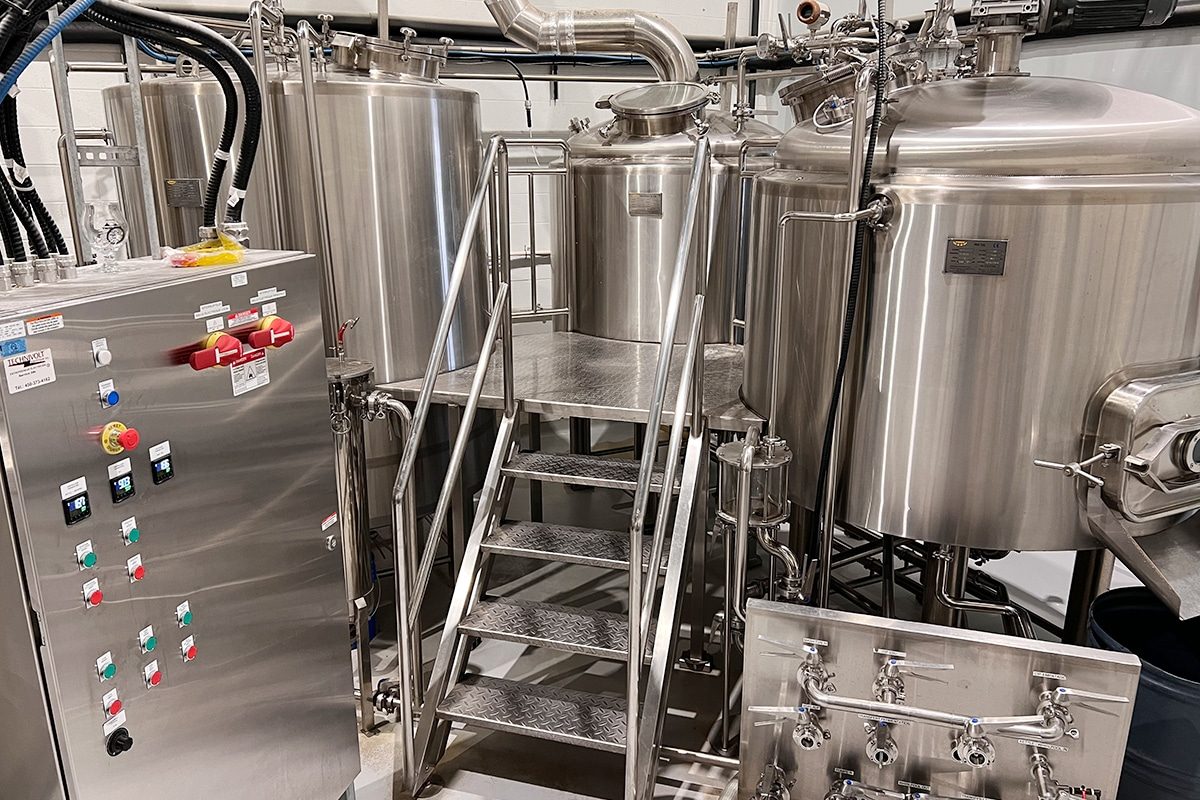
Maintenance And Passivation Frequency
Maintaining stainless steel brewing equipment is an ongoing commitment, and incorporating passivation into your regular maintenance routine can help ensure the longevity of your brew vessels and brew quality.
Incorporate Passivation Into Routine Maintenance
Passivation is not a one-time thing, it is a proactive measure that should be included in your regular equipment maintenance schedule. The frequency of passivation depends on a variety of factors, including how often the equipment is used, the type of brewing ingredients, and the cleaning agents used.
Determine Frequency
Assess the conditions your brewing equipment is exposed to. For equipment that is used frequently or that comes into contact with corrosive brewing ingredients, more frequent passivation may be required. Conversely, equipment that is used infrequently may require passivation at longer intervals. Consider passivating your equipment at least every few months for best results.
The frequency of passivation varies based on usage and environmental factors. As a general guideline, perform passivation:
- Periodically: Passivation is performed regularly as a preventive measure, such as every 6 to 12 months, to maintain a protective layer on the stainless steel surface.
- After Heavy Use or Exposure: Increase the frequency of passivation if your brewing equipment has been exposed to heavy use or prolonged exposure to corrosive brewing ingredients or harsh cleaning agents. Signs such as discoloration or loss of corrosion resistance may indicate the need for more frequent passivation.
Signs of Need For Passivation
It is critical to recognize the signs that indicate the need for passivation. If you observe discoloration, staining, or any visible corrosion on the surface of your stainless steel equipment, this is a clear indication that the protective oxide layer may have been compromised. In this case, immediate passivation is recommended to prevent further corrosion and maintain the integrity of the device.
Proactive And Reactive Maintenance
Active passivation as part of routine maintenance is more effective than reactive passivation after signs of corrosion appear. Regular passivation is performed as a preventive measure to ensure that the protective oxide layer is continuously strengthened, thereby reducing the possibility of corrosion-related problems.
Logging And Monitoring
Customize the passivation frequency to your specific brew settings and usage patterns. Keep detailed records of how the equipment is used, the types of beer produced and the cleaning agents used. This information can guide you in customizing a passivation plan that meets the unique requirements of your brewing equipment.
By making passivation a regular part of routine maintenance, and adjusting the frequency based on usage patterns and environmental factors, you can protect your stainless steel brewing equipment from corrosion, ensuring it remains strong, reliable, and able to produce high-quality beer over the long term.
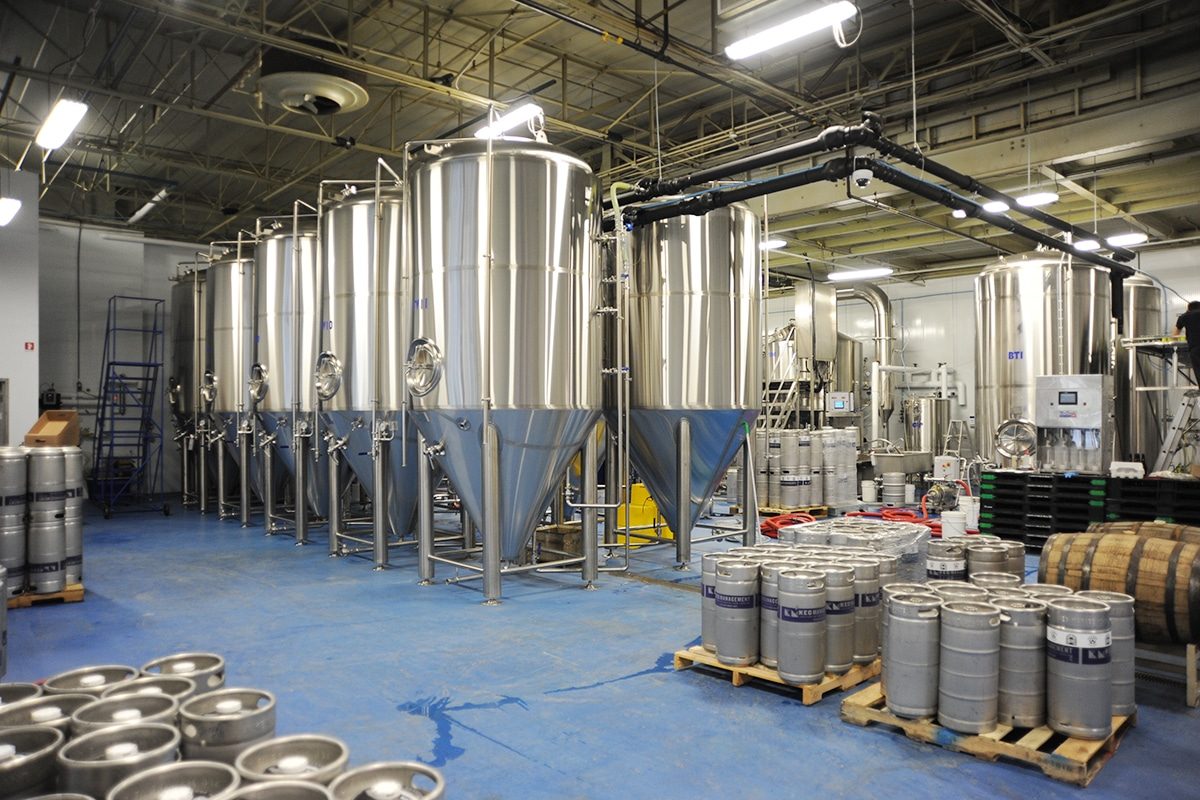
Troubleshooting And Common Issues
Even with careful passivation procedures, stainless steel brewing equipment may encounter certain problems. Addressing these issues promptly will help maintain equipment performance and ensure beer quality. The following is a guide to solving common problems related to passivation:
Discoloration, Staining
- Problem: The stainless steel surface becomes discolored or stained after passivation.
- Solution: Discoloration can be caused by minerals in the water, improper passivation, or the presence of chlorides. Use distilled or soft water for passivation, ensure the correct citric acid concentration, and consider adjusting the passivation time. For stubborn stains, consider using a specialized stainless steel cleaner or consulting a professional with experience in stainless steel maintenance.
Continuous Corrosion
- Problem: Corrosion continues despite regular passivation.
- Solution: Check the passivation process to ensure it was performed correctly. Evaluate environmental factors and materials or substances that come into contact with brewing equipment. Consider adjusting cleaning agents, brewing methods, or passivation frequency to offset ongoing corrosion. Seeking guidance from an expert or professional in stainless steel maintenance can provide valuable insight into solving this problem.
Uneven Passivation
- Problem: There are differences in the passivation effect on device surfaces.
- Solution: Increase the brushing and stirring steps when passivating to ensure even coverage. Pay special attention to crack-prone and hard-to-reach places. If necessary, adjust passivation duration to ensure all surfaces are adequately treated.
Insufficient Passivation Protection
- Problem: Corrosion resistance decreases over time.
- Solution: Assess equipment exposure to harsh elements, frequency of use, and concentration of passivating agents. Consider increasing the frequency of passivation or using a more concentrated citric acid solution. Additionally, evaluate cleaning practices to minimize the introduction of contaminants. Consider consulting with an expert to optimize a passivation procedure for your specific brewing environment.
Brewing Quality
- Problem: Change in flavor or quality of brew.
- Solution: If the quality of your beer is declining, it may be a sign of insufficient passivation. Re-evaluate your passivation plan to ensure it is consistent with equipment usage and environmental factors. Inspect the equipment thoroughly for any signs of corrosion or contamination.
Surface Irregularities or Roughness
- Problem: Passivation can sometimes cause surface irregularities or roughness, affecting the appearance or functionality of the device.
- Solution: Review your passivation procedures to ensure proper brushing and agitation techniques are used without excessive force. If surface irregularities persist, consult a professional who specializes in stainless steel passivation to determine appropriate corrective actions or improvements in the passivation process.
Residue After Passivation
- Problem: Traces or deposits remain on the surface of the device after passivation.
- Solution: Make sure to rinse thoroughly after passivation to eliminate any residue of the citric acid solution. Use an appropriate neutralizing agent, such as baking soda, to balance the pH and neutralize any remaining acidity.
Rust Formation
- Problem: Rust spots appear on the stainless steel surface.
- Solution: Remove rust stains immediately using a stainless steel cleaner or a mixture of vinegar and baking soda. Identify and correct the source of rust, such as exposure to chloride-containing substances. Consider re-passivating affected areas for added protection.
Regular troubleshooting and prompt problem resolution help maintain passivation effectiveness. By understanding these common challenges and implementing corrective actions, brewers can ensure that their stainless steel brewing equipment remains in optimal condition, protecting both the equipment itself and the quality of the beverages they brew.
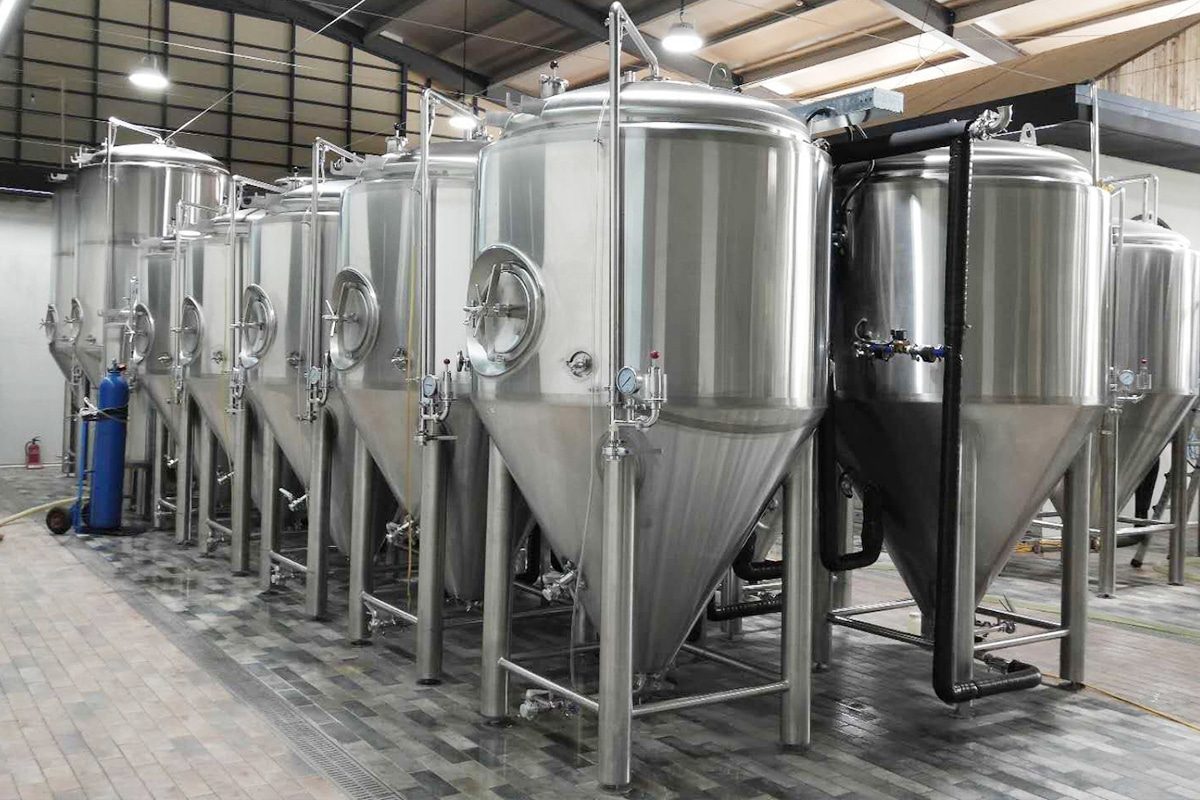
Summarize
In the artistry of brewing, the care and maintenance of stainless steel equipment stand as guardians of quality. Passivation emerges as a pivotal ritual, fortifying these vessels against corrosion’s subtle threats. Through understanding the science of passivation and its meticulous application, brewers embrace a commitment to excellence. Each step detailed in this guide echoes this dedication, ensuring not just the preservation of equipment but the integrity of every batch brewed. As the final chapter closes, let passivation symbolize the unwavering pursuit of perfection, where stainless steel vessels become more than just tools, they embody a dedication to craft and a promise of consistently exceptional brews. In this ongoing saga of brewing mastery, may passivation serve as the silent sentinel, ensuring each creation reflects the uncompromising standards of the brewer’s art. Cheers to the enduring legacy of passivated stainless steel and the excellence it fosters in every pour.
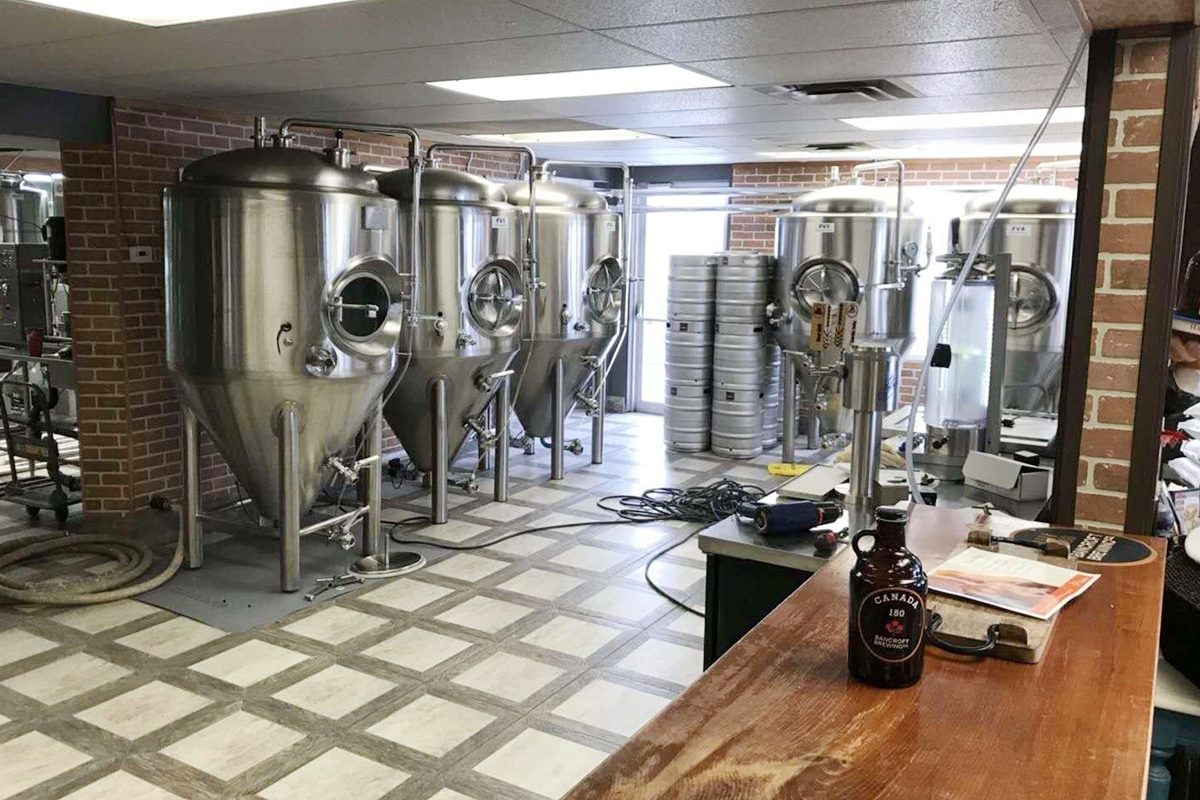
Get High-Quality Stainless Steel Brewing Equipment
In pursuit of brewing perfection, the choice of equipment is crucial. ZYB Craft is a beacon for brewers seeking quality in stainless steel brewing equipment. Our commitment to excellence goes beyond product offerings, we provide total solutions for brewers looking for process guidance and precision.
At ZYB Craft, our stainless steel brewing equipment is manufactured to the highest standards, ensuring durability, hygiene, and corrosion resistance. But our commitment doesn’t stop there. We invite our customers to consult with us, leveraging our extensive expertise to meet their unique brewing needs. Whether looking for solutions, advice, or quotes, our team is ready to help, providing brewers with a seamless experience to enhance their craft.
Choose ZYB Craft not just for the equipment, but for a partnership dedicated to the art and science of brewing. Your journey to brewing excellence begins with us, where quality meets consultation, and passion meets precision.



